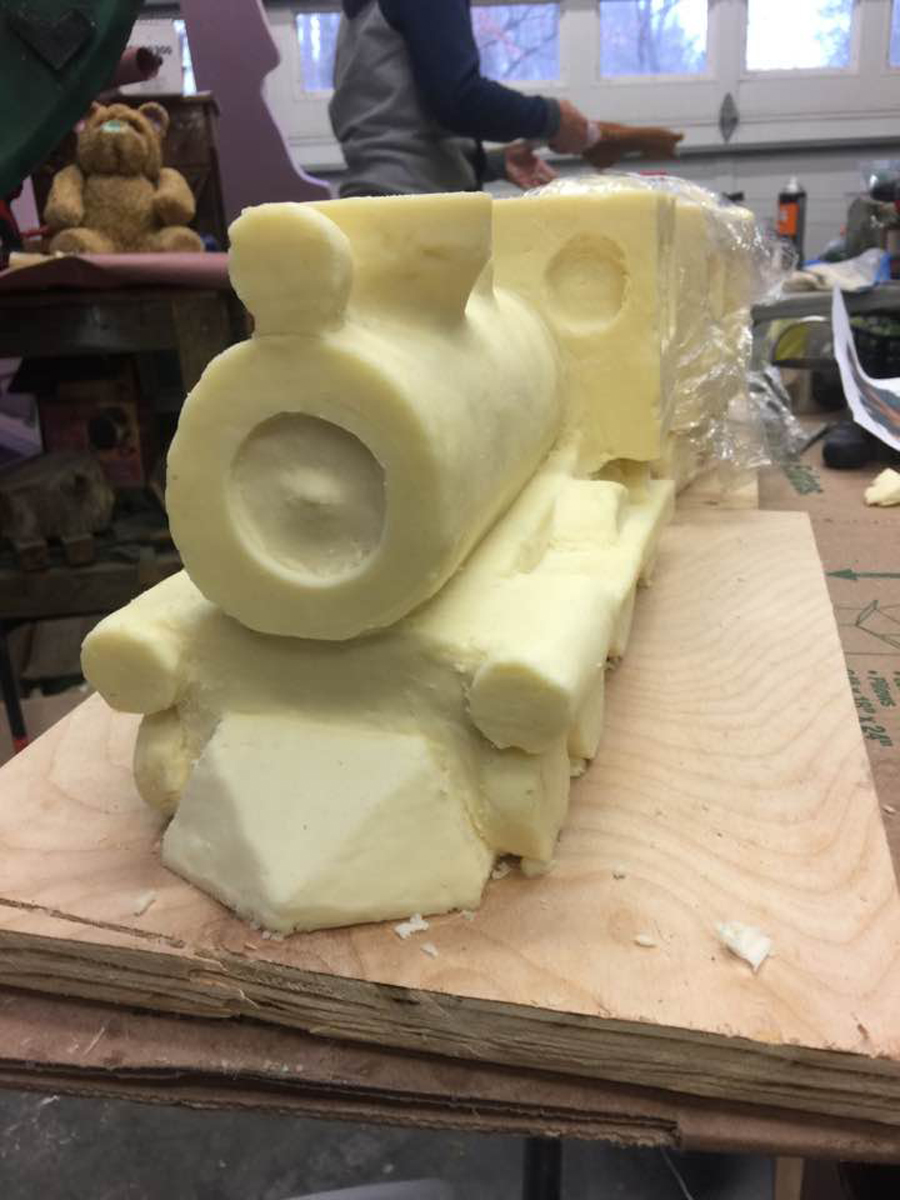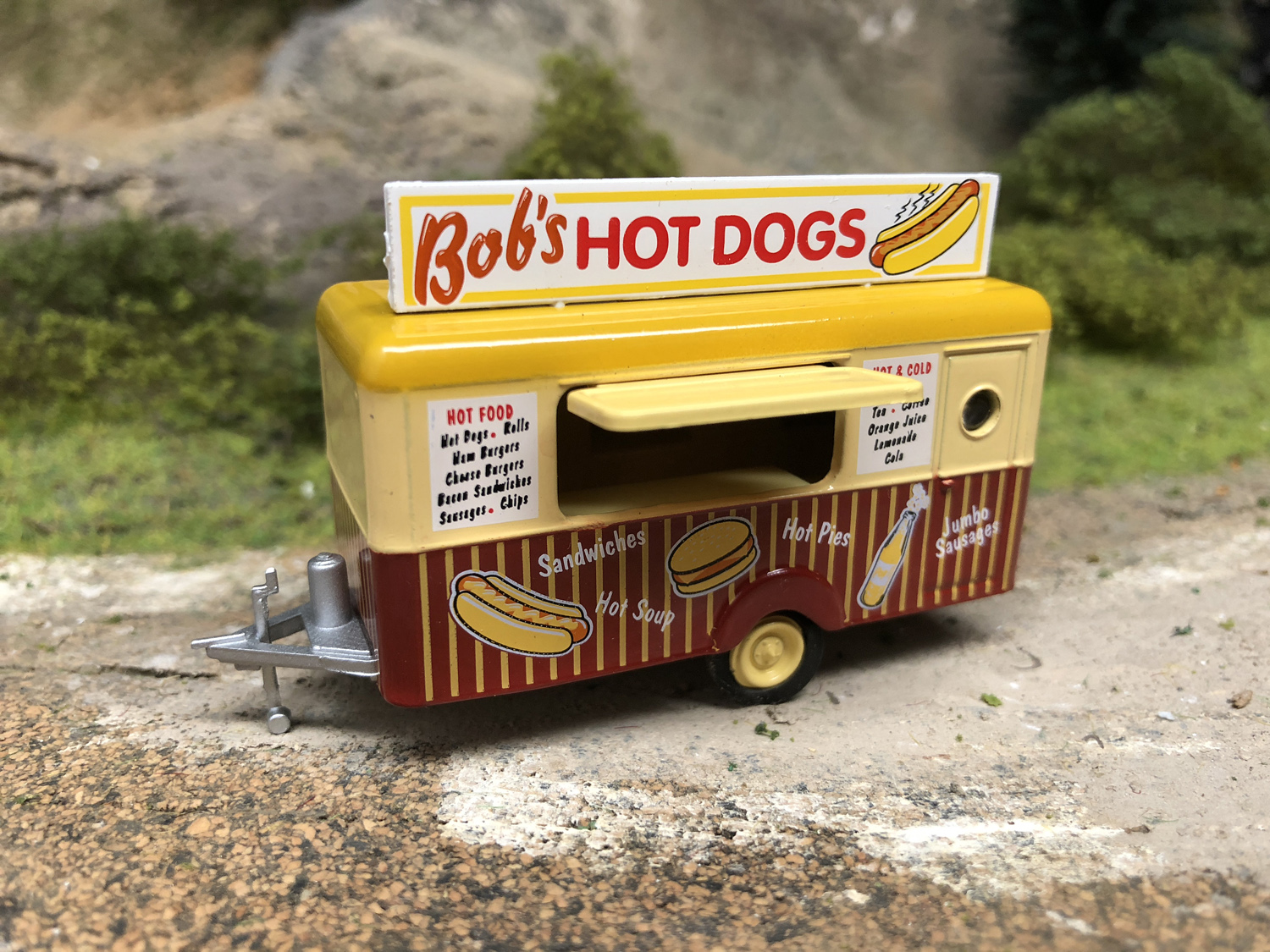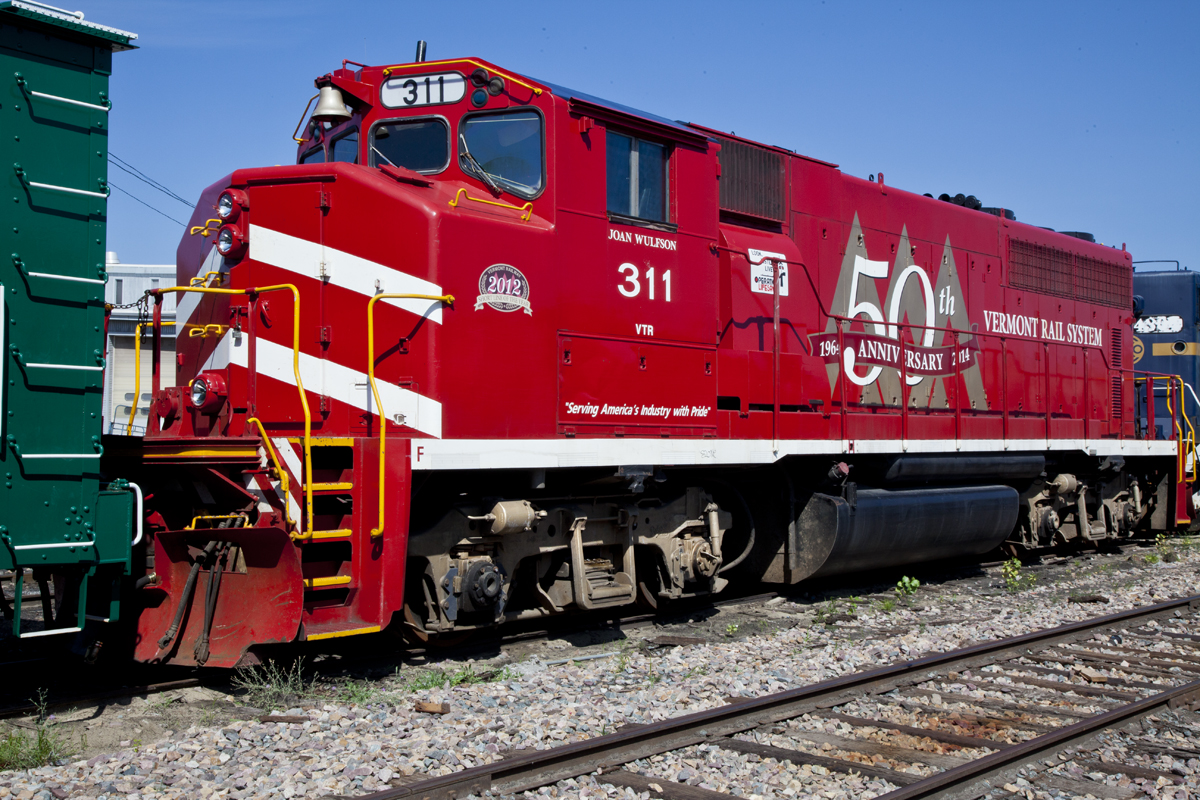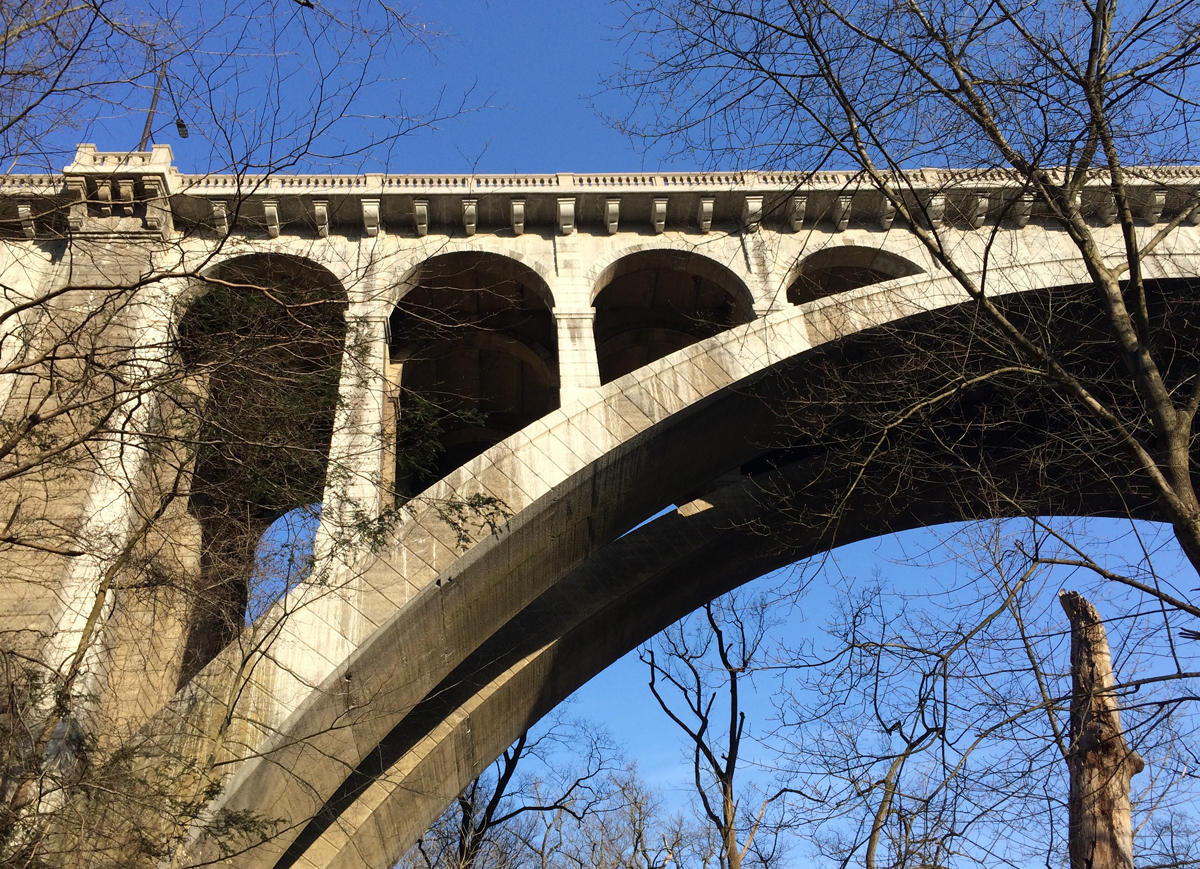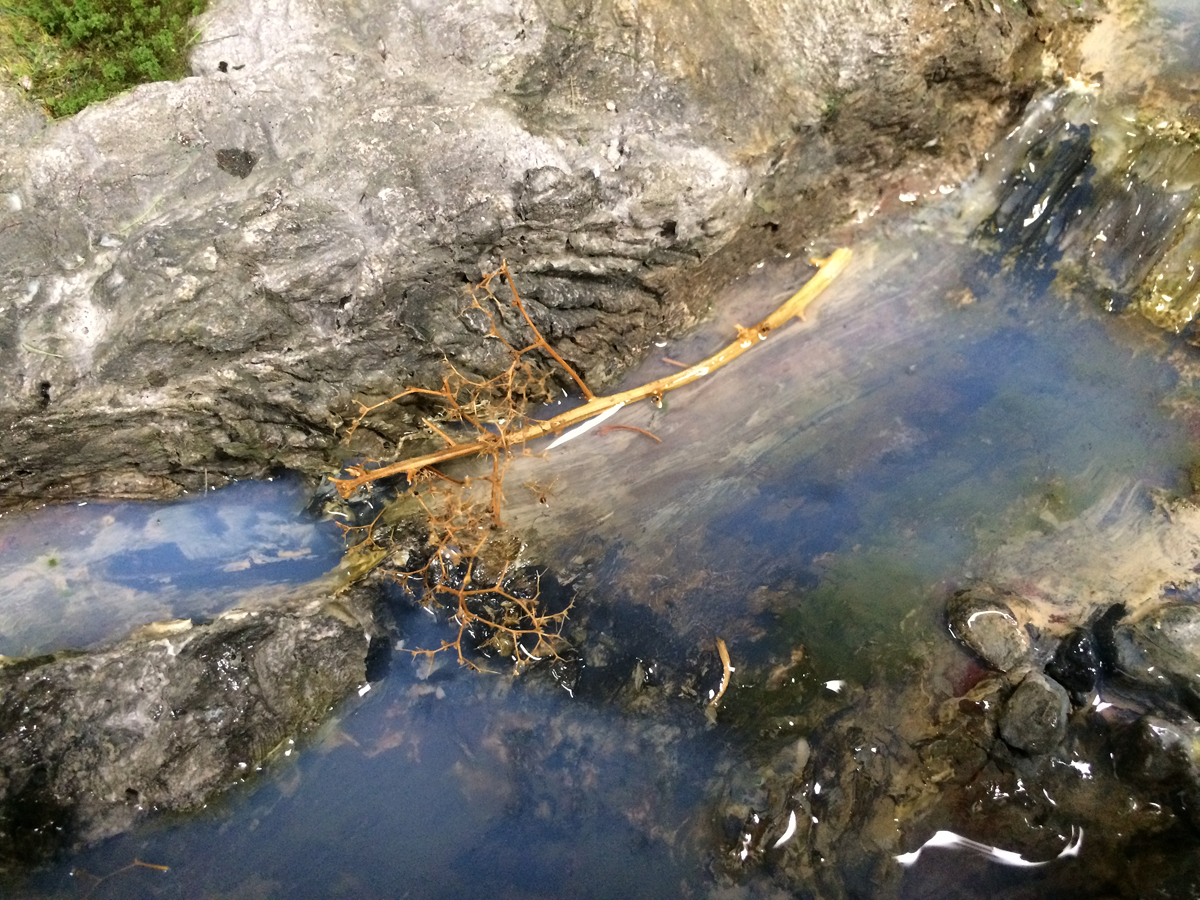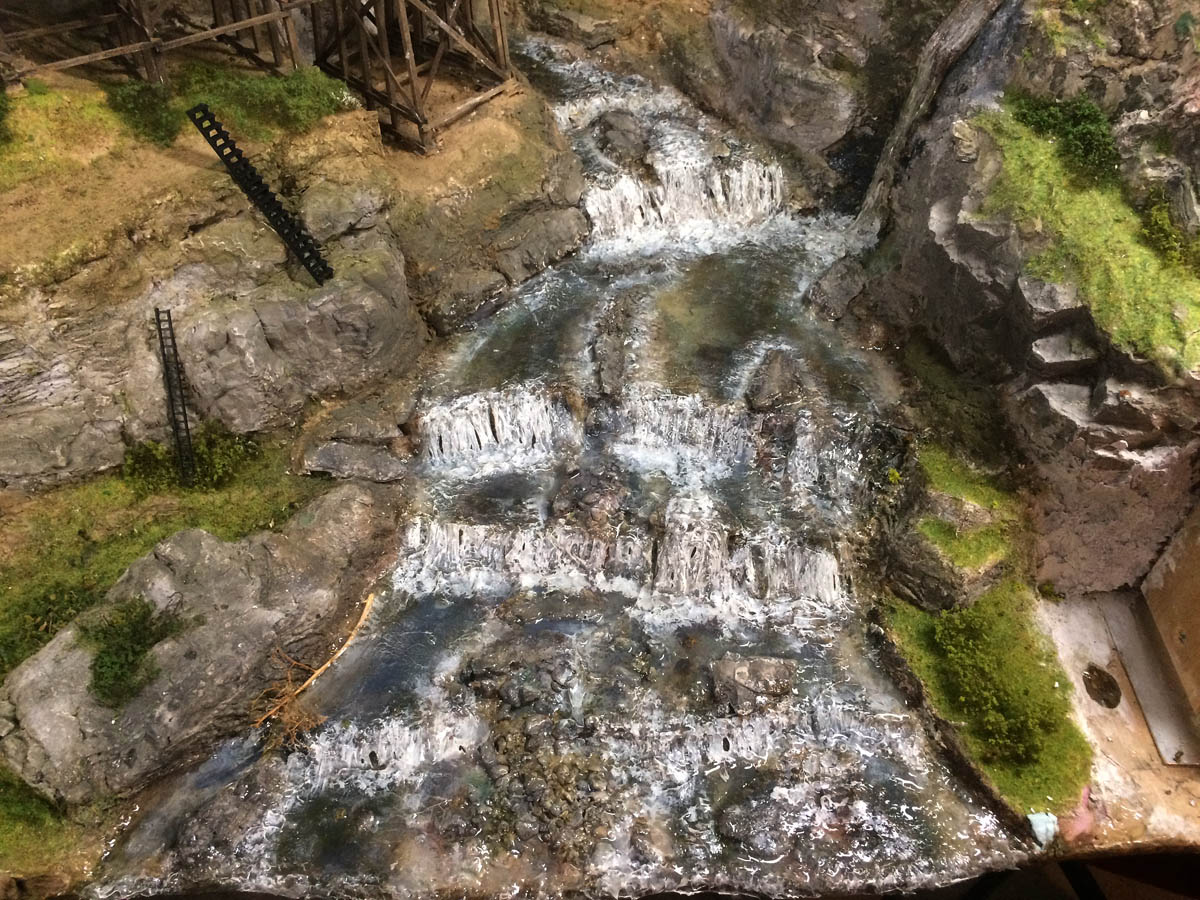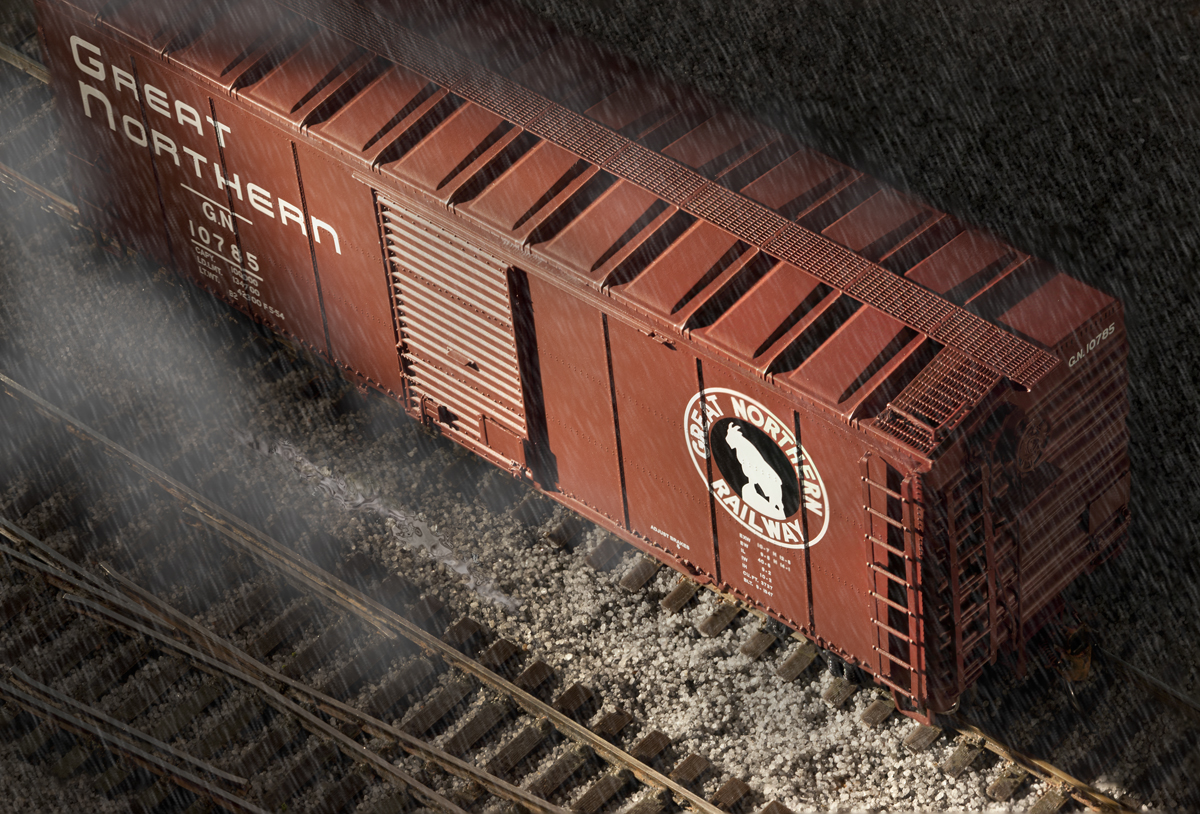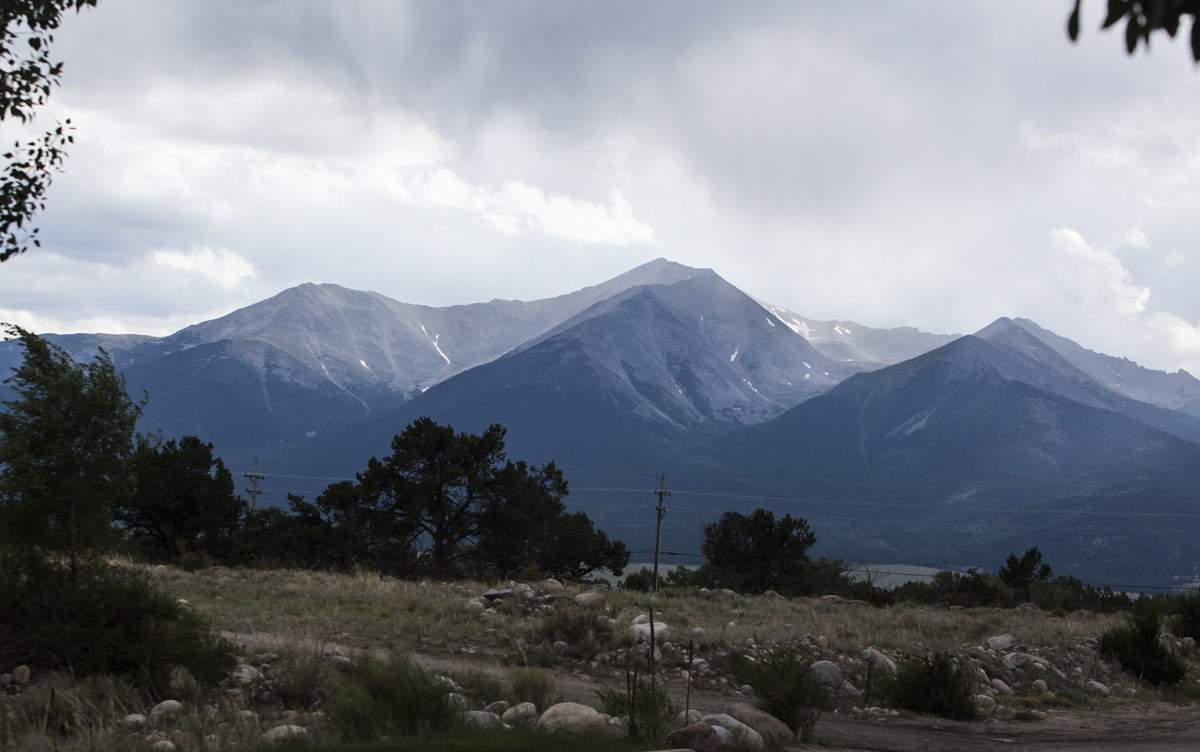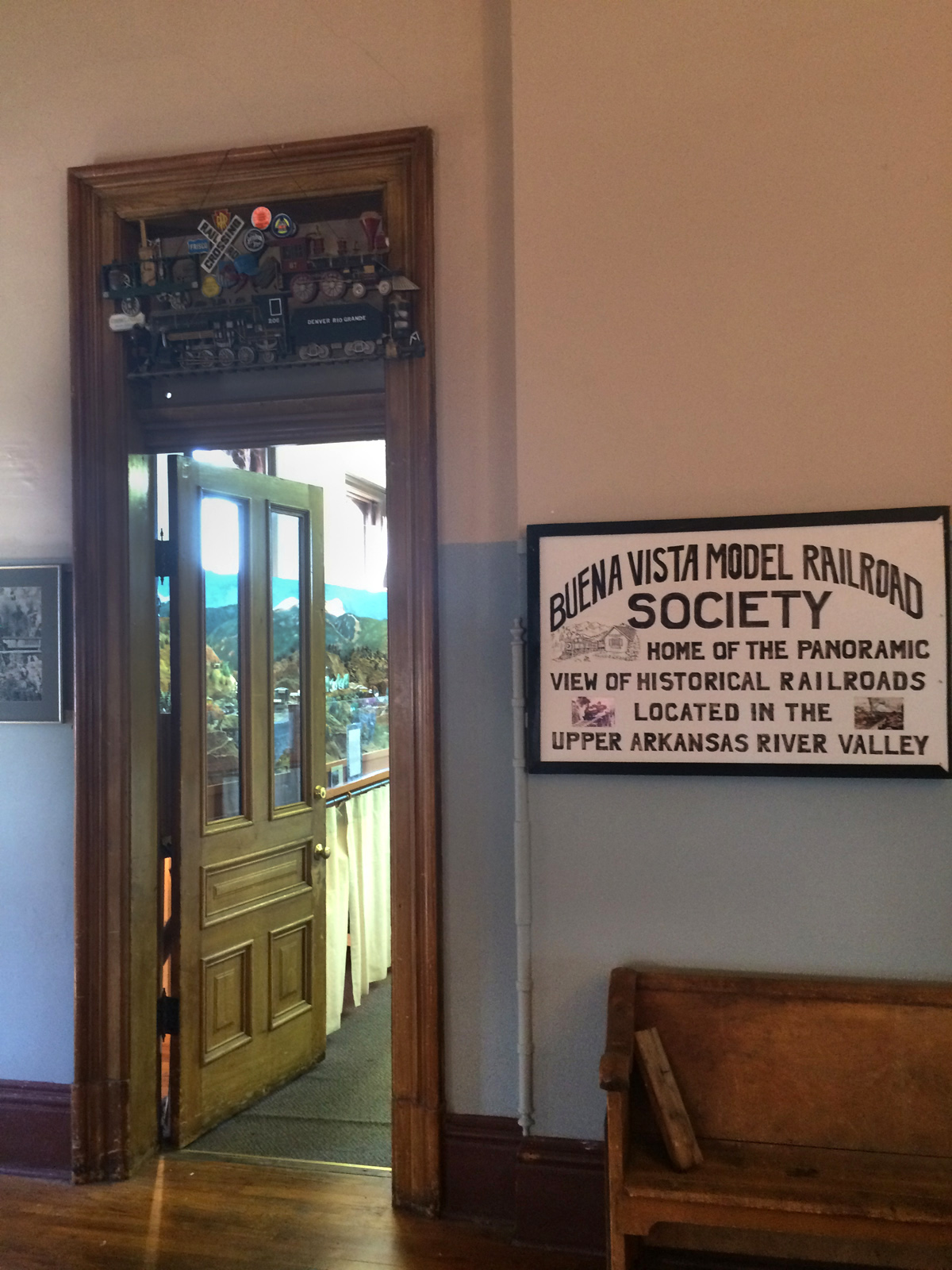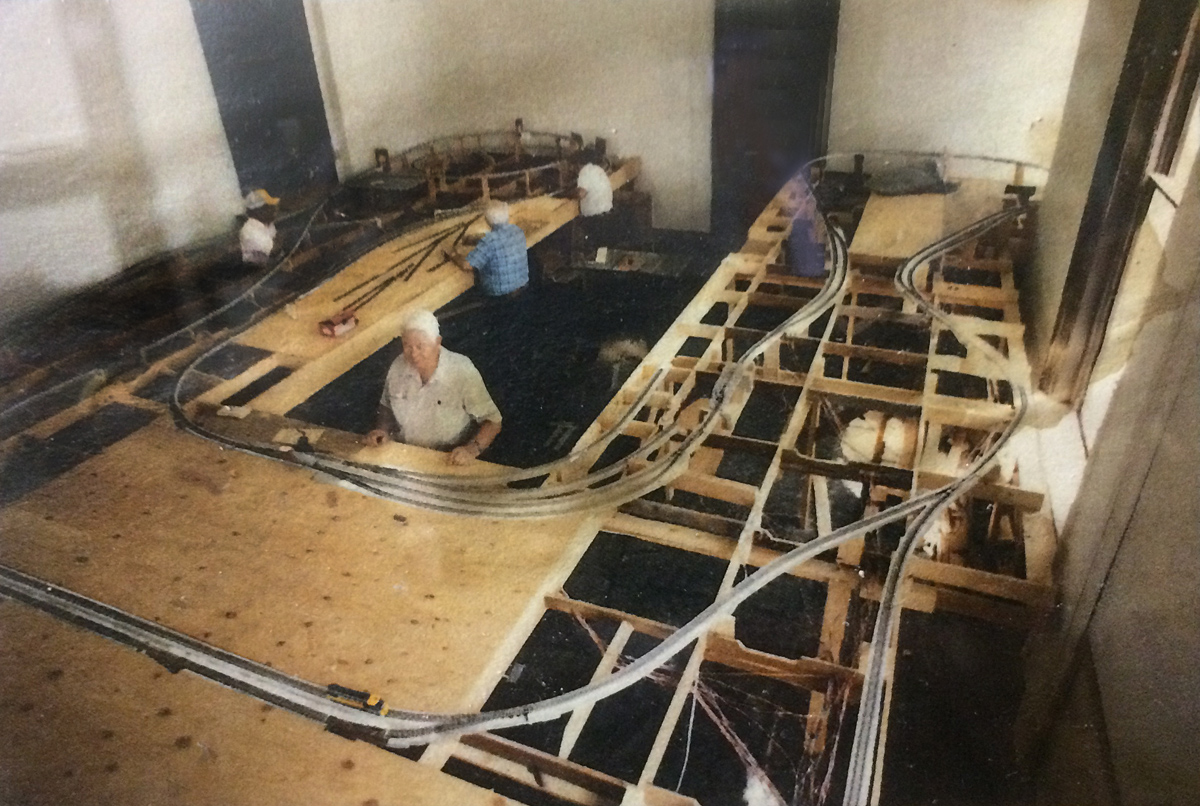After the second pour was cast and fully cured, I started to detail and assemble the bridge.
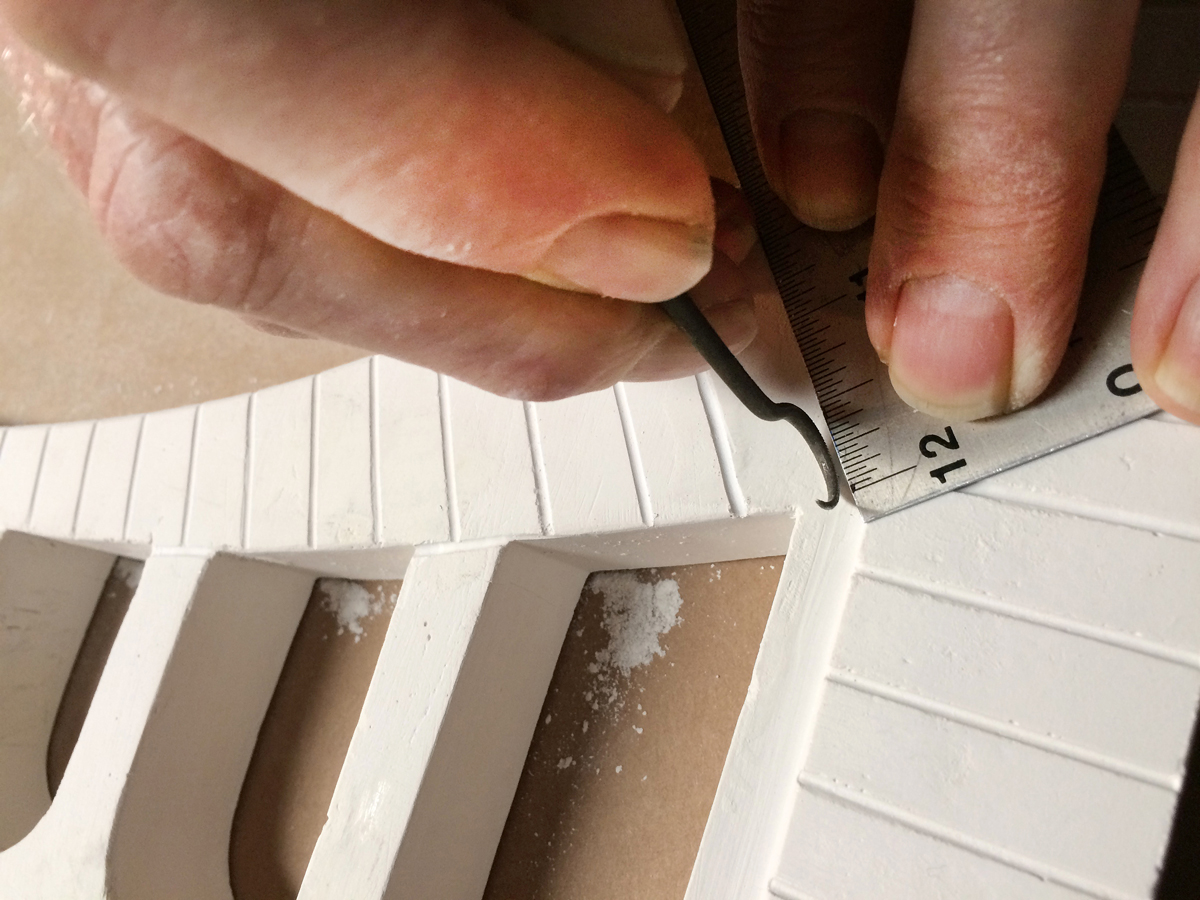
Adding stone seam lines stage 1
Then enlarging the grooves with a file, and then a steel rod of the right diameter.
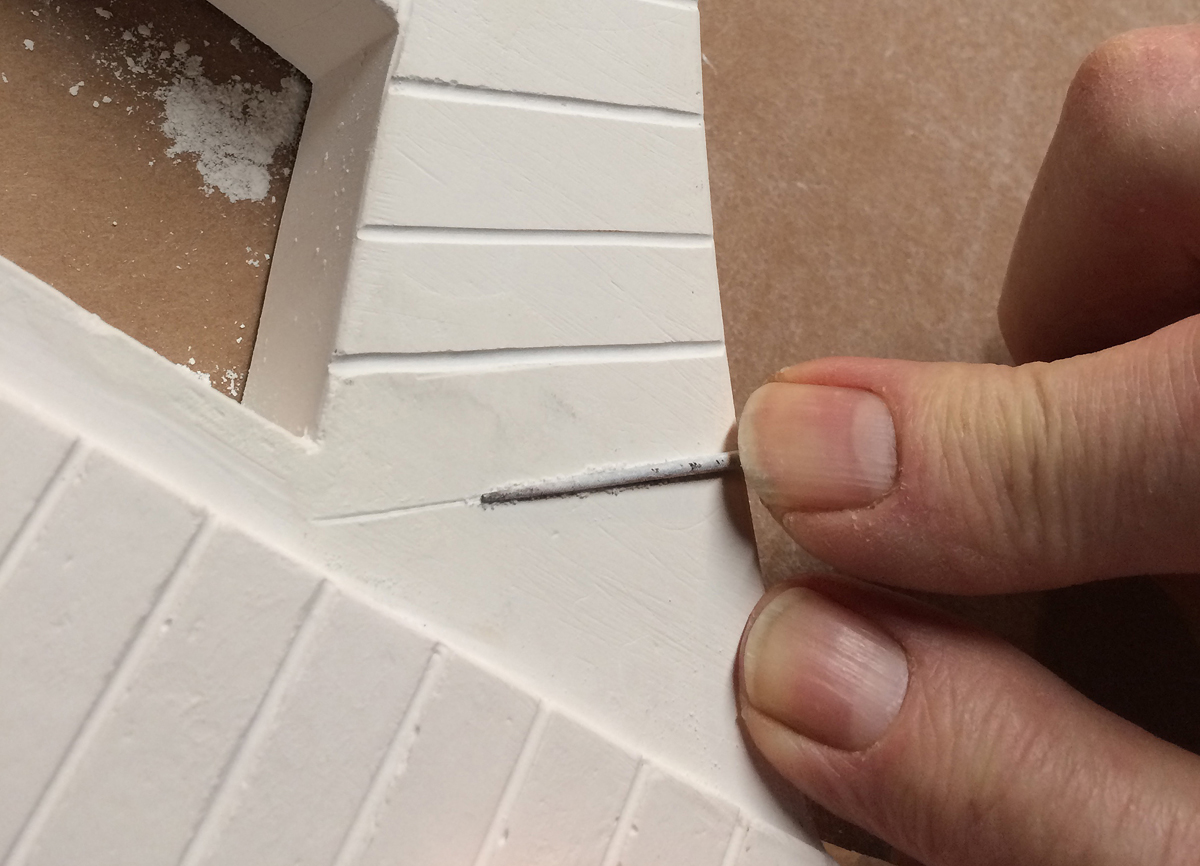
Filing the stone lines
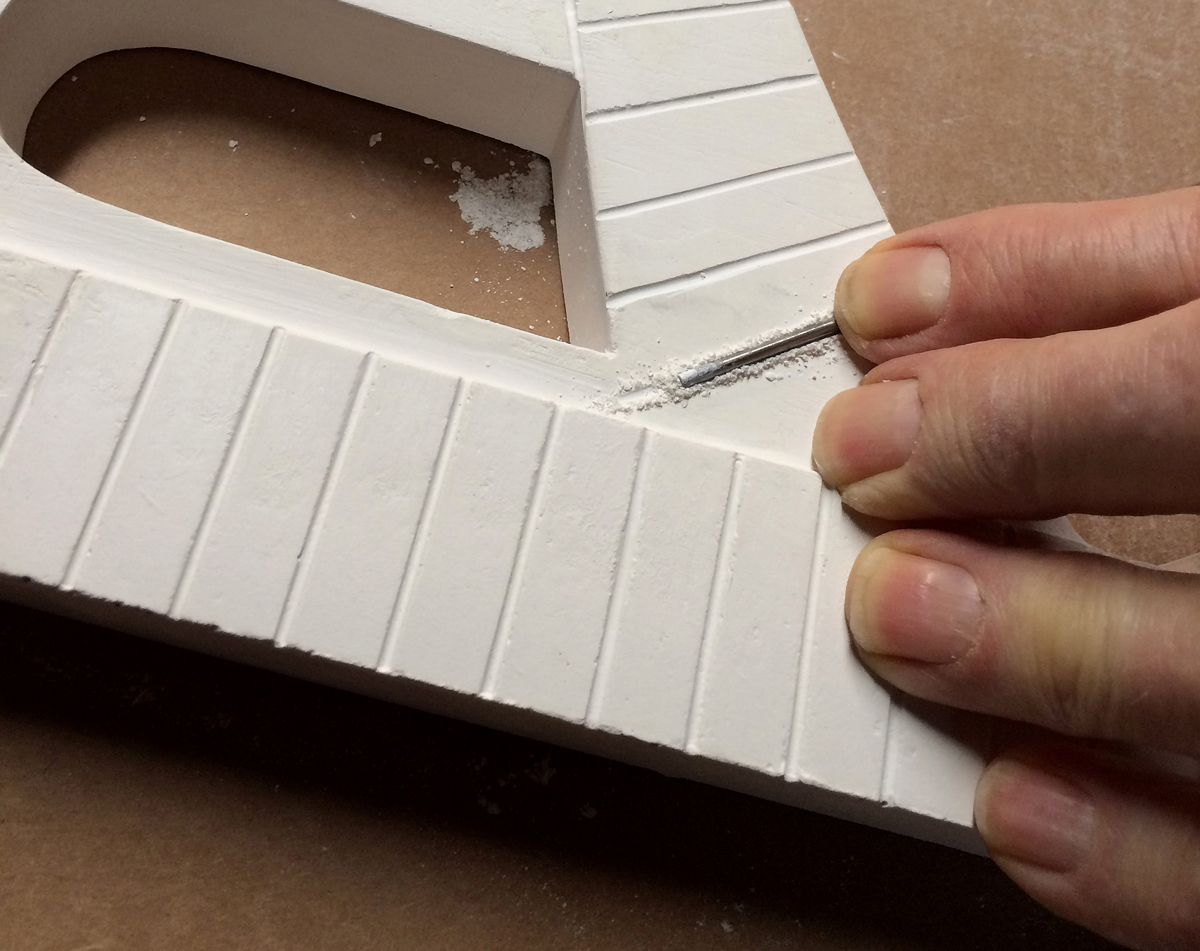
Steel rod in the 3rd stage of scribing the stone lines
I also filed bevels on the vertical edges of the small arches

Filing relief angle on small arches
I then painted the inside walls of the bridge with aged concrete
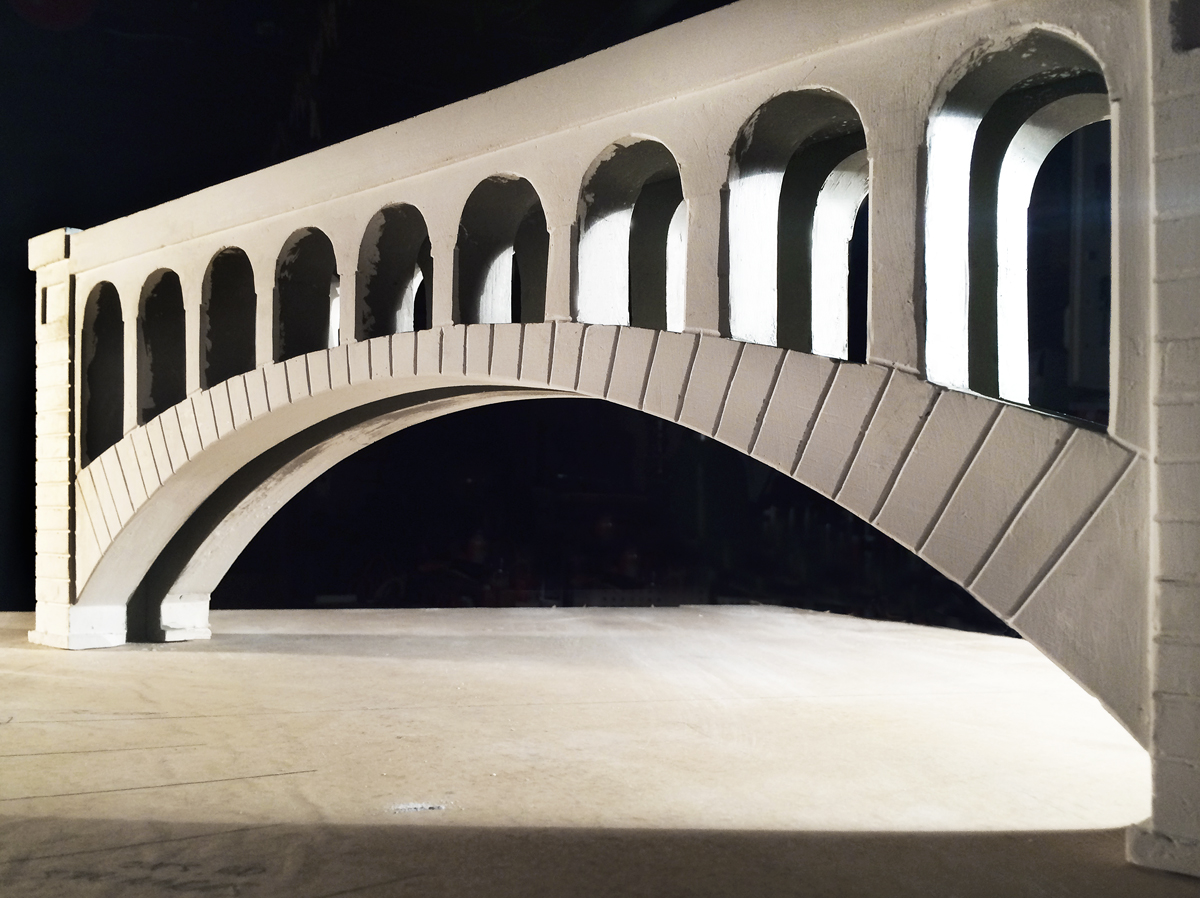
Testing assembled bridge ( no exterior paint or weathering)
In a future post I’ll talk about painting, weathering and installing the bridge in the layout


